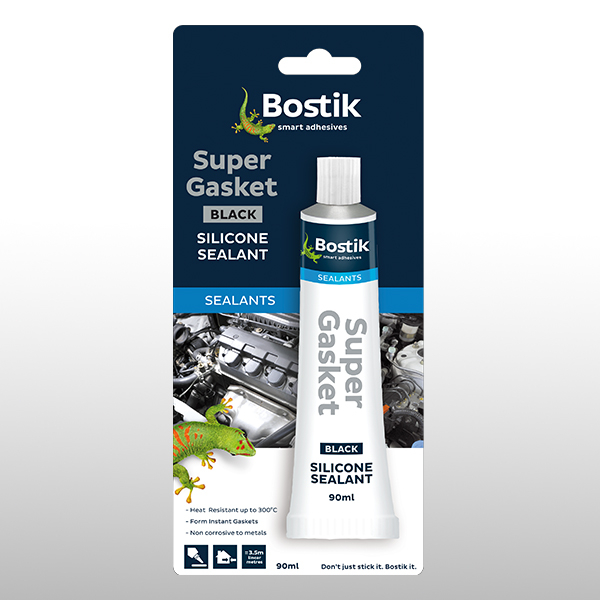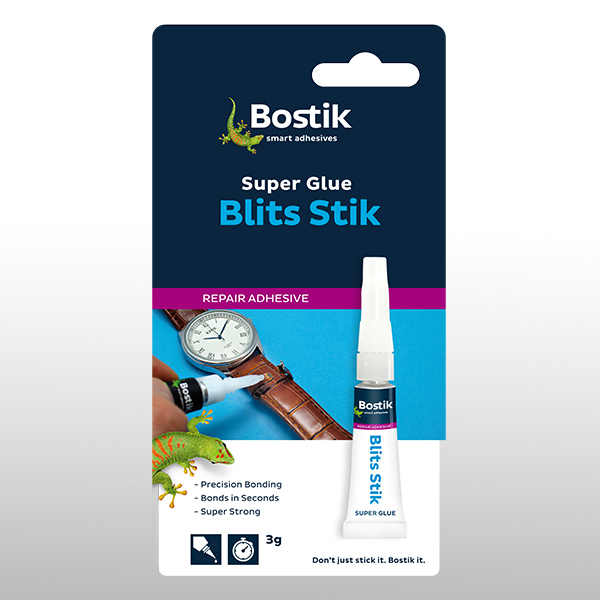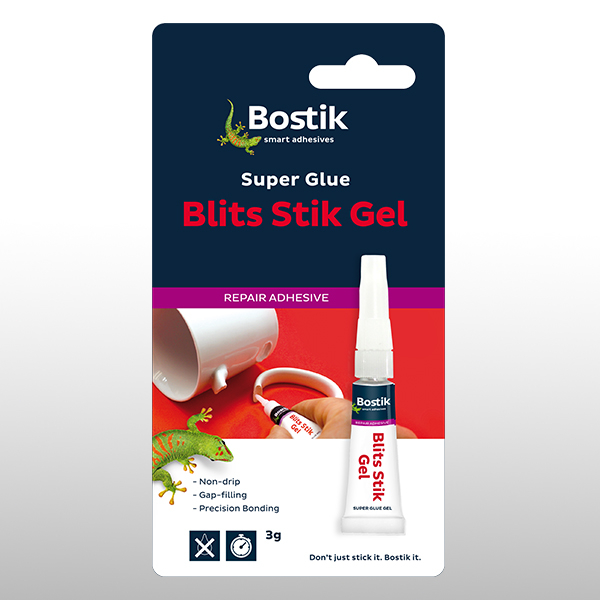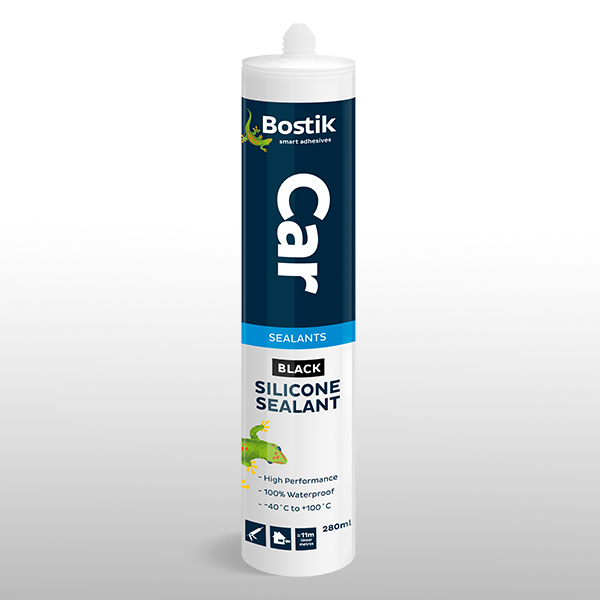GASKET RED
An acetoxy curing silicone sealant that cures to a permanently flexible, durable rubberized seal.
Red
Features & benefits
Capable of withstanding temperature extremes (250°C continuous, 300°C short term exposure), Gasket Red offers excellent chemical resistance to mineral oil, petrol, transmission fluid, antifreeze, alcohols, dilute acids, and alkalis, soaps and household detergents. The sealant is extremely resistant to UV radiation, weathering and ageing. It also performs as an excellent adhesive on non-porous surfaces where an elastic gap-filling bond is required. It has a non-sag rheology and can be applied to vertical surfaces.
Gasket Red replaces cork, felt, rubber and asbestos gaskets. It is ideal for applications exposed to intense heat, such as automotive, plant pipe and housing gaskets, form-in-place-gaskets, construction of chimneys and heaters, connecting and expansion joints exposed to high temperatures, installation and repairs of ovens. Can be used as an adhesive where an elastic gap filling bond is required.
Not suitable for cylinder head gaskets or for parts permanently exposed to fuel. Not suitable for some metals i.e. mild steel, lead, copper, tin, galvanized iron, brass or zinc as it may cause corrosion. Should not be used in an attempt to replace composite cylinder head gaskets, especially where tolerances are predetermined and are critical to engine performance. It should not be used on the back of mirrors, as it will de-silver the mirror backing.
Will not adhere to some plastics such as polyethylene, polypropylene and Teflon.
NOT paintable!
Downloads & resources
Bostik DIY South Africa Repair - Gasked Red Technical Data Sheet (445.16 KB)
Bostik DIY South Africa Repair - Gasked Red Safety Data Sheet (139.86 KB)
How to use
- Ensure surfaces are clean, dry and free of loose materials, dust, grease, rust and other contaminants.
- Remove the cap from the tube and pierce film with reverse side of cap, to break the seal.
- Cut the tip off the nozzle to achieve the desired bead size and screw nozzle onto the tube.
- Squeeze the tube and apply the silicone at a slight angle in the direction of use.
- After use, remove the nozzle, wipe clear and replace the cap firmly to avoid any air from entering the tube.
- Remove unwanted silicone immediately.
- Smooth down after application within 3-5 min before skin formation occurs, by using a flat or rounded tool.
- Sealant dries to touch in approximately 20 minutes and reaches full cure after approximately 24 hours.
FAQs
Can I use alcohol to clean silicone?
No. Alcohol based cleaners should not be used for cleaning surfaces as alcohol inhibits the cure of silicones. Soaps or detergents used to clean the surface must be rinsed away thoroughly with clean water to ensure that all traces of the soaps are removed before sealing.
How do I remove uncured silicone?
Uncured silicone can be removed from the hands or tools using a clean solvent soaked cloth, e.g. turpentine or paraffin. If removing uncured silicone from clothing, check fabric colour fastness before applying solvents.
How do I remove cured silicone?
Cured sealant must be removed mechanically with a sharp knife or chemically with Bostik Silicone Stripper. Always test on a small surface first.
Find new, smarter ways of doing things.

Find out what product you need, how to use it and where to buy it.
PRODUCT FINDER



